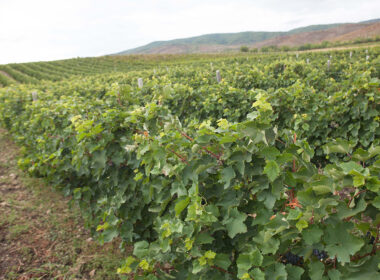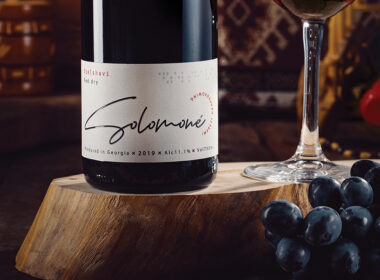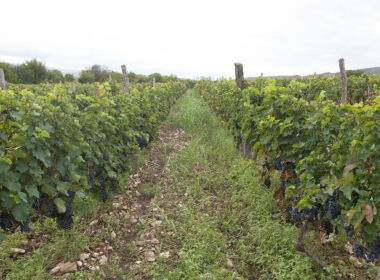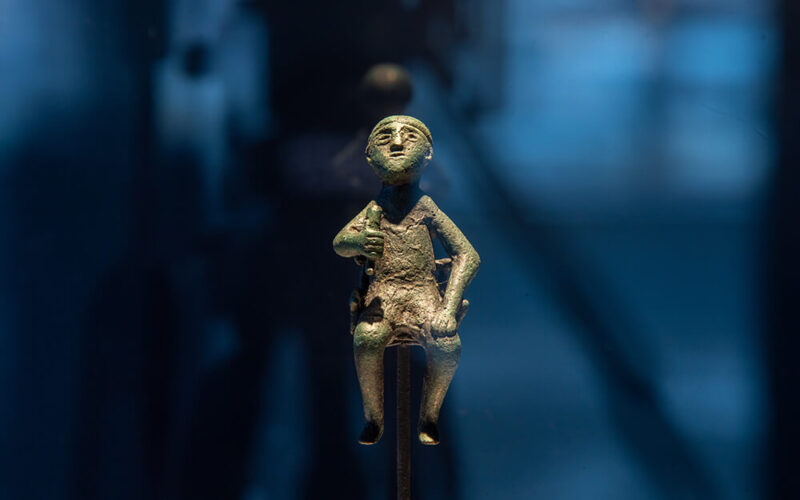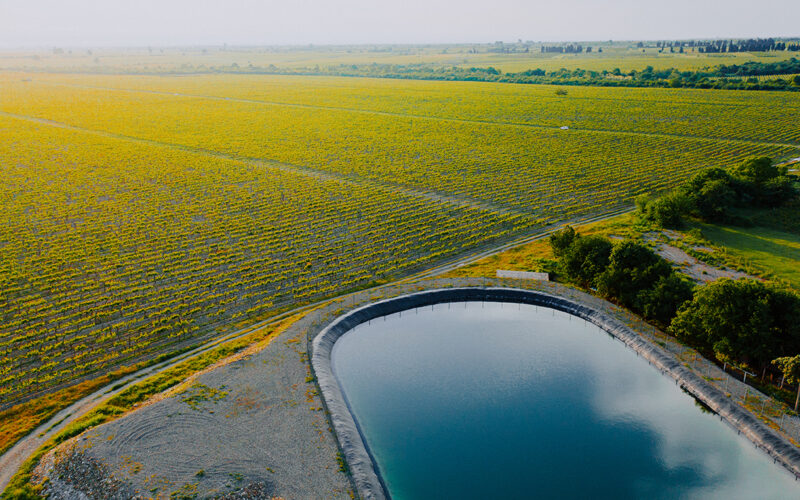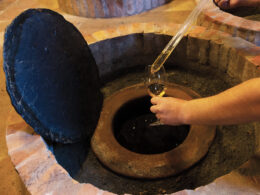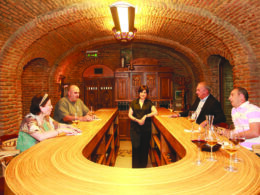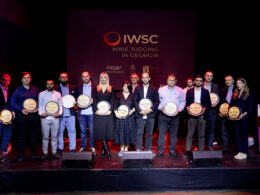Keti Jurkhadze | “Imeretian Wine Association” director: “Viticulture and winemaking exist in Imereti from ancient times, being the main agricultural field for the local population. Cicereius hosted Ulysses and his traveling companions with wine, and ancient writers glorified the high-quality wines of Colchis. Dubois de Montpéreux and Chardin who traveled to the Caucasus confirmed that viticulture and winemaking had great importance in the life of the local population” (Ermile Nakashidze). Despite many obstacles, viticulture in Imereti started progressing from the second half of the 19th century. In 1873, the vineyard area in Imereti was 19 737 hectares and was gradually growing. In 1875 and 1895, this number reached 21 370 and 23 585 ha, respectively. Throughout 1886-1889, the rapid spread of fungal diseases, such as Mildew and Phylloxera, caused the damage and destruction of a large part of vineyards. As a result, the vineyard area by 1908 was almost halved, to 12857 ha. Thanks to the use of effective methods of combating the diseases, the area of vineyards in Imereti began to gradually increase, reaching 21 690 hectares in 1940, and 23 125 hectares in1968”.
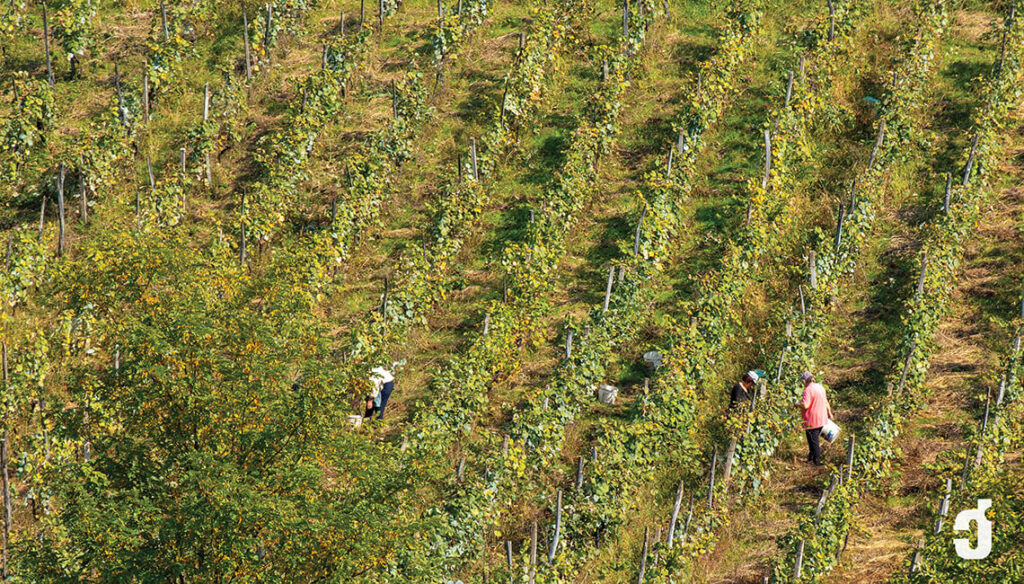
Sviri microzone
Sviri microzone constitutes a part of Middle Imereti microregion territory. Its geographical location, characteristic climate, diversity of soils, unique features of Tsolikouri, Tsitska, and Krakhuna, along with century-old traditions of local viticulture and winemaking define the unique organoleptic features of Sviri wine, characteristic only of this wine.
The local climate is moderately humid, with hot summer and moderately cold winters. The grape maturity period is August-September. The area for “Sviri” production is located in West Georgia, particularly in the extreme Eastern part of Kolkheti lowland, and directly borders the Northern and Southern Caucasus foothills. Alluvial and diluvial soil varieties with their sub-varieties are presented in the lower zone, scanty soils varieties with their sub-varieties are presented in the center. Said soils are different from each other with profile thickness and humus thickness, as well as mechanical content.
“Sviri” wine is produced from Tsitska, Tsolikouri, and Krakhuna grapes. These varieties develop unique aromas and lively tastes, due to unique local soil and climate. “Sviri” wine has a pleasant acidity and unforgettable aroma of fruits and flowers; with aging, it develops ripe fruit tones and May honey aromas.
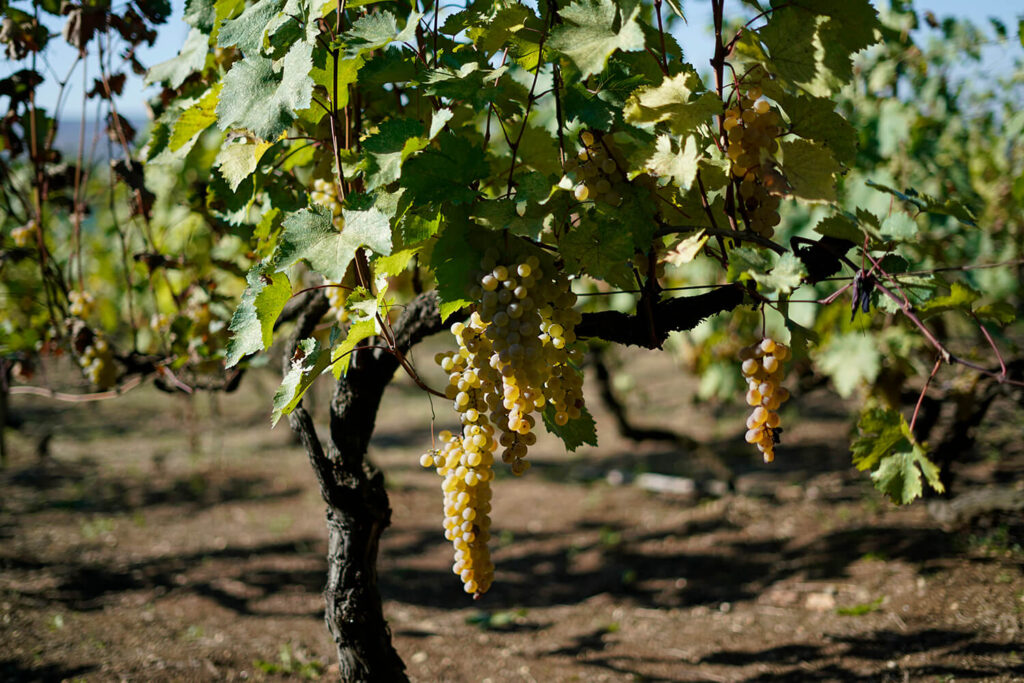
M. Kostava’s firm “Kostava & Brothers” produced and sold Imeretian wine “Sviri” in Kutaisi, as early as 1890. V. Kalatozishvili produced and sold wine named “Sviri’s Wine N1 Iveria” since 1894. At the same time, wine cooperative – Sviri and Kvaliti put “Sviri” wine on the market from the wine cellars of I. Arshibaia and I. Kvenetadze. In 1935, the winery was built in Pirveli Sviri, and one year later – in Meore Sviri. In 1950, under the direct guidance of the head of Zestaponi industrial union – Petre Chachiashvili – wine “Sviri” was restored, which was produced from the grapes of Tsolikouri, Tsitska, and Krakhuna varieties. The winemakers: Petre Demetradze, Mikheil Asatiani, Gizo Robakidze, Jondo Zhorzholadze, and others worked on perfecting the technology of this wine technology at different times.
The uniqueness of this wine and the diversity of the Imereti region put the matter of protected designation of origin registration. One of the main challenges of the “Imeretian Wine Association” today is the registration of Baghdati, Obcha, and Dimi as protected designation of origin. The research phase of the process already started.
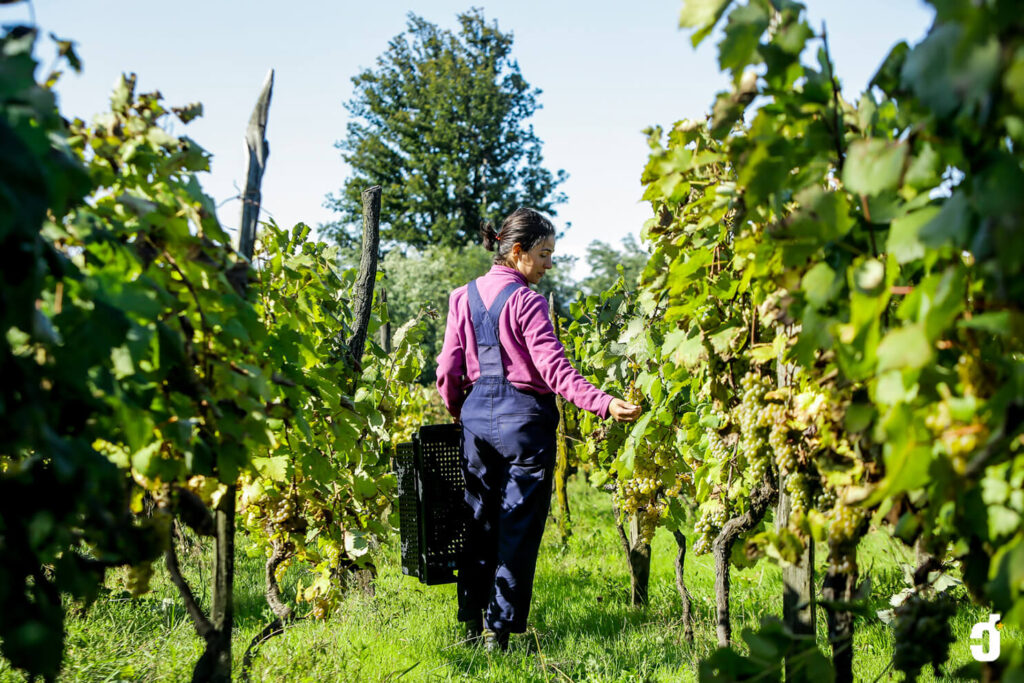
I can certainly say that not only Kakheti can be considered a viticulture-winemaking region of Georgia, but also other regions of Georgia, where different types of high-quality wines are made. Imereti is one of them, which consists of 12 municipalities, each of them distinguished in terms of viticulture and winemaking. “Imereti Wine Association” is actively working on creating Imereti PDO wines, which will greatly help Imeretian wines on the international market.
Giorgi Kemertelidze | Associate Professor of Ilia State University, Head of Tourism Management Center: For a land-starved country such as Georgia, 4-5 grape varieties would probably be enough for wine production, but, the reality is that the number of local, Georgia grape varieties exceeds 500. This is because there is a wide variety of soils in our country, and the same variety planted 2-3 km apart, can give different wines. Almost every other village in Georgia had its grape variety, which further proves that our vine culture counts centuries.
Georgia grape varieties originate from two main locations: Kolkheti plain and Alazani Valley, although other relatively small geographical areas stand out for their diversity. Imereti is one of such areas – a very unique winemaking region of our country. The purpose of the “Imeretian Wine Association” is to establish several Protected Designations of Origin in this region, which would allow us to better introduce the region to the world. Today, there is only one PDO wine produced in Imereti, and it is “Sviri”, which has a unique taste and aroma.
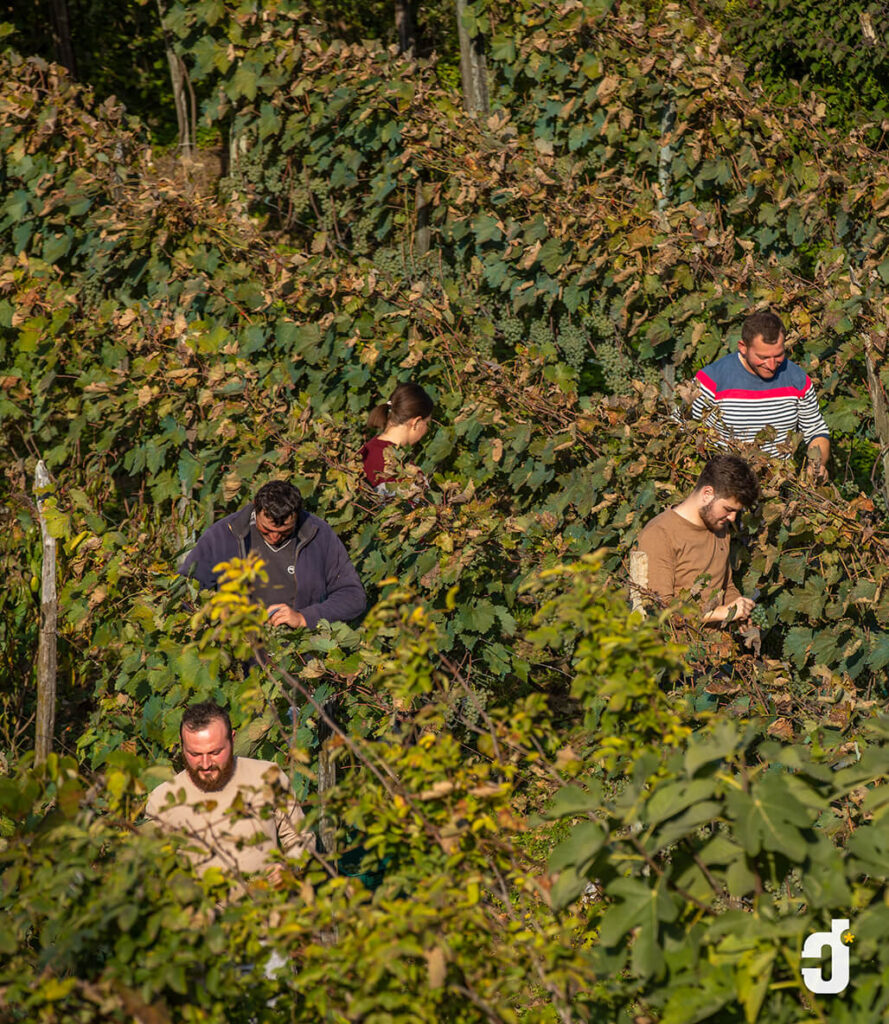
Imereti is divided into three microregions, based on the natural factor and differences in characteristics: Upper, Middle, and Lower Imereti. In this article, we will focus on microzones in Upper Imereti.
Upper Imereti deserves to be mentioned, from a viticultural standpoint. It is divided into Dzirula-Kharagauli and Chiatura-Sachkhere subzones. The local landscape is great for farming. It has rich, humus-carbonated, and alluvial soils that are perfect for viticulture. Grapes grow well here and yield a high-quality wine.
Chiatura-Sachkhere microzone is located in the Northern part of Imereti. It includes administrative regions of Chiatura and Sachkhere. Out of the two, Sachkhere microzone is more diverse, with important viticulture villages, such as Chikha, Chala, Orghuli, Sairkhe, Savane, Argveti, Perevisa, Merdjevi, Koreti, etc. (producing white, as well as red and sparkling wines). Each one can implicitly be a separate sub-microzone, unified by the difference in soil, altitude, and microclimatic conditions. Chikha, Chala, and Orghuli, for instance, are uniquely located (520 meters above sea level). Most of the vineyards here are planted on the Southern slope, which overlooks the Kvirila river, with the Western slope overlooking the Chikhura river. These natural conditions give local wines a unique taste and aroma.
The Marjevi, Sairkhe, and Koreti zones are also distinguished by their location and terrain, with an average altitude of 580 meters above sea level, and they are characterized by a relatively dry microclimate.
The main varieties in Upper Imereti are: Tsolikouri, Tsitska, Sachkhere Tsitska, Sachkhere Dzelshavi, Ghrubela, Rko, Otskhanuri Sapere, Krakhuna, Dondghlabi, Kvishkhuri and others. Let’s discuss some of them: Tsolikouri is the most common variety in Upper Imereti. It is very different from Tsolikouri grown in Lower Imereti. It produces a high-quality white dry wine. If the grape is grown on the slopes on the left bank of the Kvirila river (Chikha, Chala, and Orghuli villages), it can produce a semi-sweet wine as well. Coupage with Tsitska produces a very aromatic wine that locals call Tsitska-Tsolikouri.
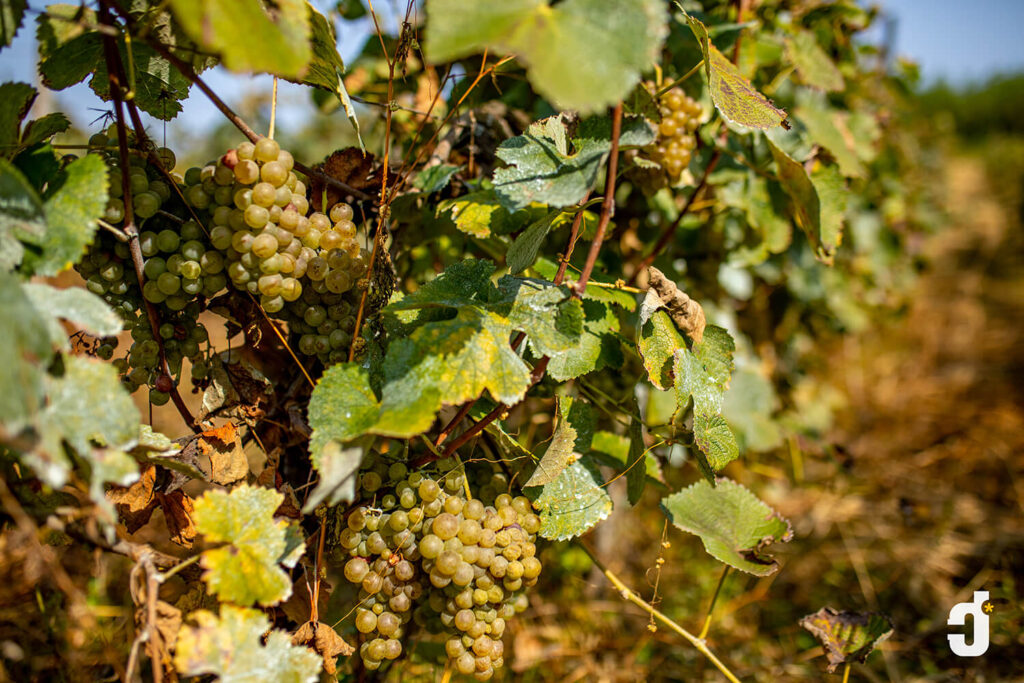
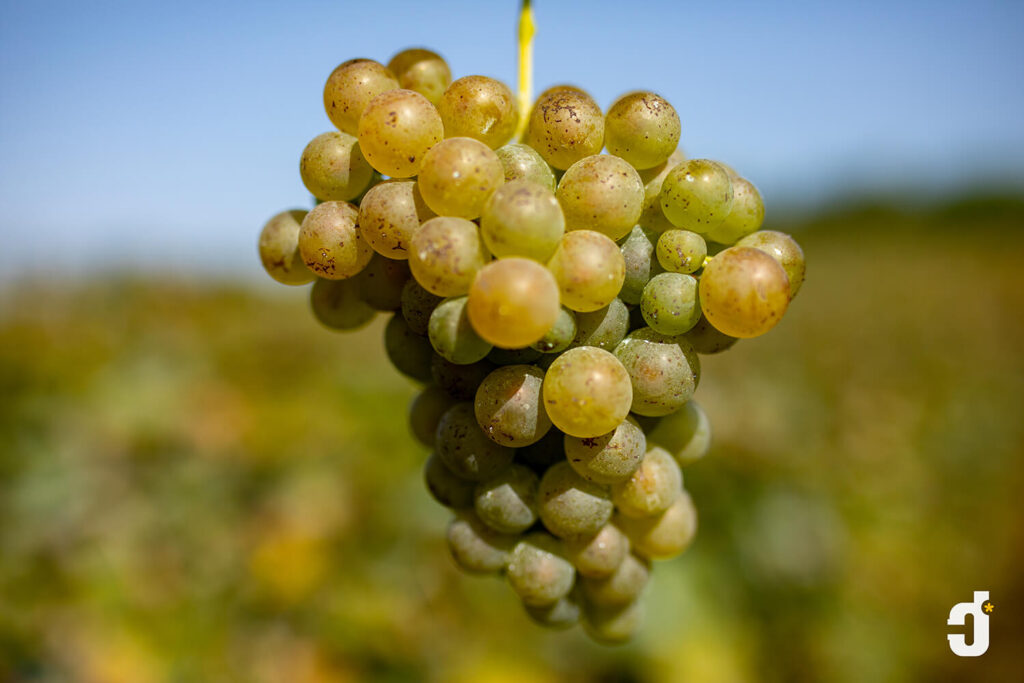
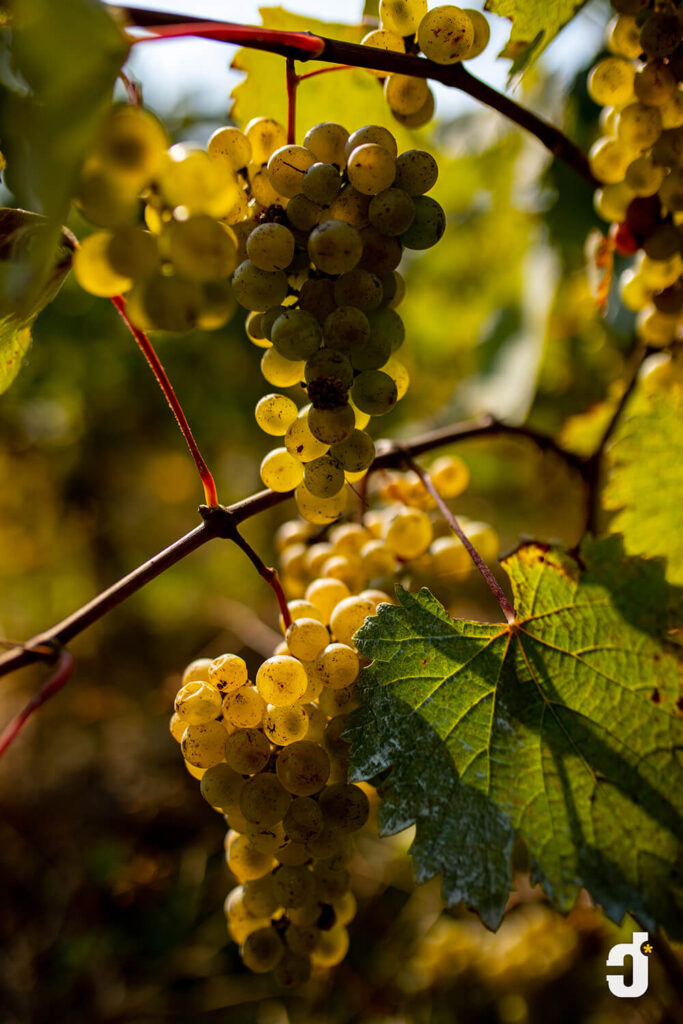
Tsitska is also common in Upper Imereti, and it is closely related to the Colchian vine varieties. It produces a light dry wine. Tsitska is the best material for sparkling wine. It is relatively weak against adverse environmental conditions. In Upper Imereti, in places of relatively high altitude, this variety of vine does not acquire enough sugar content, and is generally used to produce dry wine.
Another popular variety in Imereti is Dzelshavi. There are two varieties of this grape: Obchuri Dzelshavi and Sachkere Dzelshavi. They are very different from each other. Sachkhere Dzelshavi produces a dark red wine through fermentation on chacha, whereas Obchuri Dzelshavi mainly gives a rose dry wine. Dzelshavi grown in Upper Imereti and Racha-Lechkumi gets its sugar content relatively late and is consequently harvested later in the season. Dzelshavi is a quality material for sparkling wine coupage. It is often combined with Mgaloblishvili or Otskhanuri Sapere varieties.
Kvishkhuri deserves a separate mention. It is a Kartli white grape variety, synonymous with Goruli Mtsvane, which is very well accustomed to the climatic conditions of Upper Imereti. It has been grown in local villages for a long time. Unlike other varieties of Upper Imereti, it begins to mature relatively early and is sensitive to environmental conditions. However, the local climate gives the white dry and, in some cases, semi-dry wine produced from this variety, a very different and interesting character.
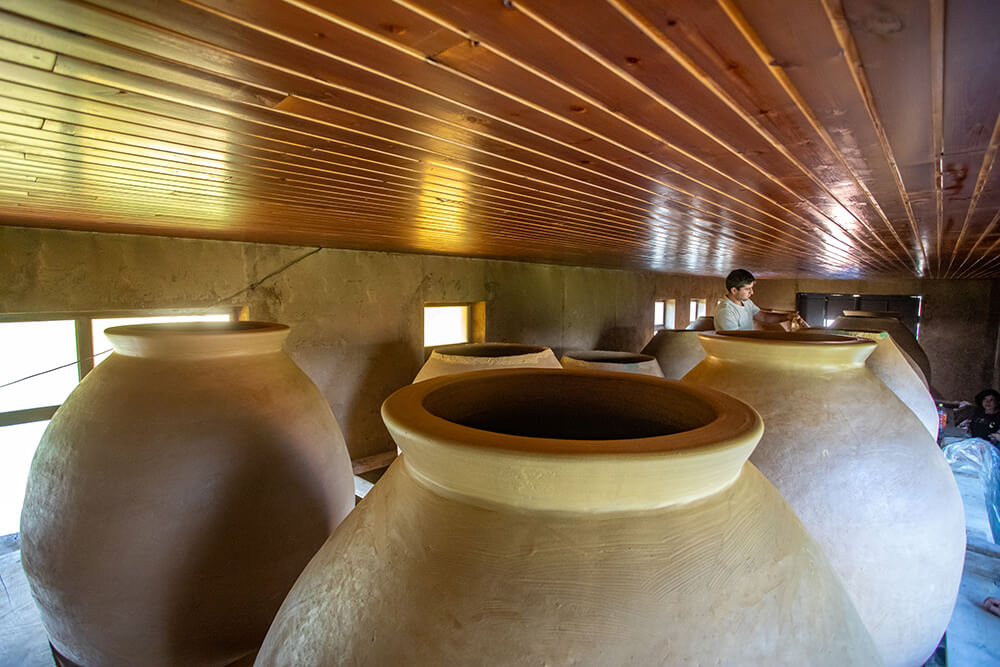
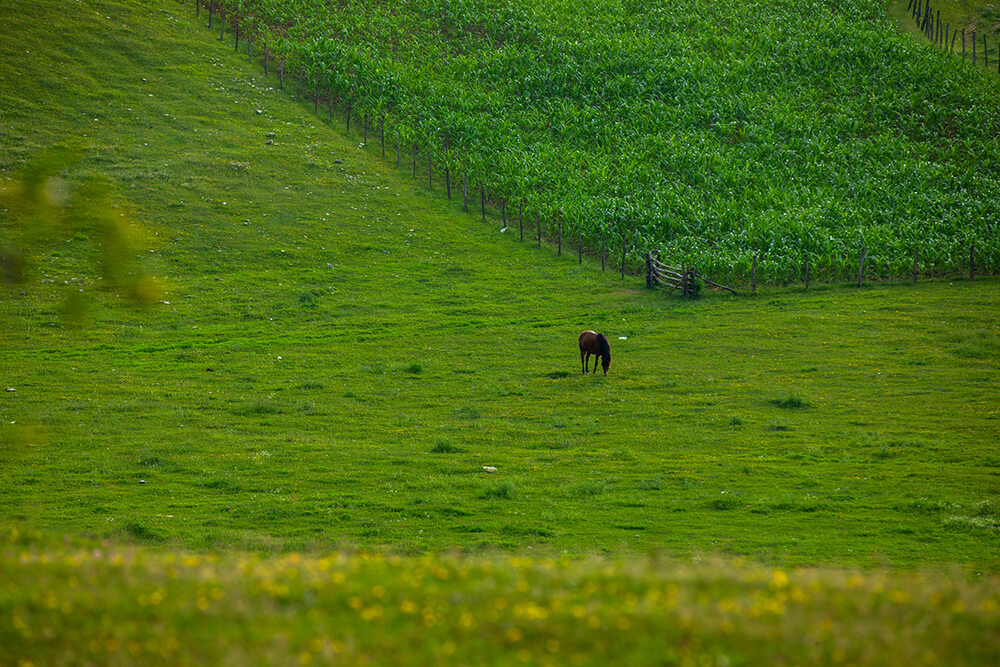
With the development of winemaking and viticulture in the Upper Imereti region, the interest in wine tourism and the need for its development is growing. Plans and recommendations have already been put in place.
| Strengths | Weaknesses |
| 1. Unique and century-old grape varieties 2. Century-old traditions of winemaking 3. Favorable geographical location and climatic conditions. 4. Traditional wineries within the municipality | 1. A small number of unique and century-old grape varieties 2. Lack of information about wine tourism among locals 3. Lack of awareness about resources available for wine tourism 4. Spread of hybrid grape varieties 5. Lack of knowledge, or incorrect information about vine care, and making-storing natural wine 6. Loss of century-old traditions of nurseries |
| Opportunities | Threats |
| 1. Promotion of unique and century-old varieties 2. Training of local population in wine tourism and winemaking 3. Promotion of touristic sights in the region 4. Restoration of nurseries 5. Care and maintenance of vine (pest control), making and storing of wine at home using traditional methods 6. Organization of touristic services in wine degustation spots | 1. A multitude of hybrid grape varieties 2. Making wine using non-eco-friendly and non-traditional methods 3. Improper planning of the winery/wine-cellar 4. Violation of authenticity |
Future vision and real results
With appropriate measures, we will see a gradual development of viticulture-winemaking and wine tourism in Upper Imereti:
Establishment of family wineries, as touristic attractions and a product of local wine production that can be sold both locally and internationally.
New wineries will emerge and the existing ones will be upgraded to become interesting for tourists. Turning at least 2 family wineries into tourist attractions per year by 2025 will give us approximately 8 tourist facilities in the field of wine tourism. Accordingly, we receive at least one type of natural wine or spirits produced from each family winery – with the appropriate trademark – which can be sold in both local and international markets;
All of the above is important for the development of viticulture and wine tourism in Upper Imereti.

